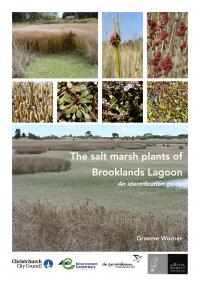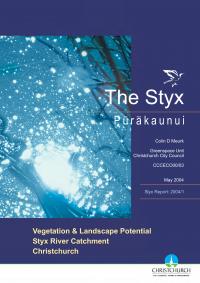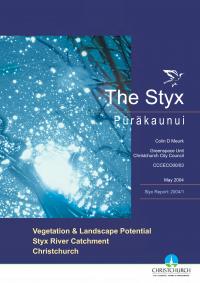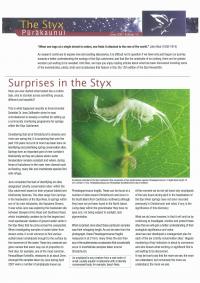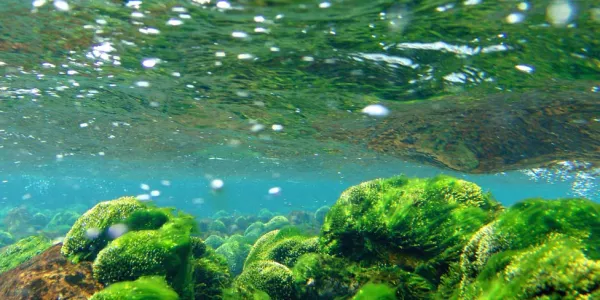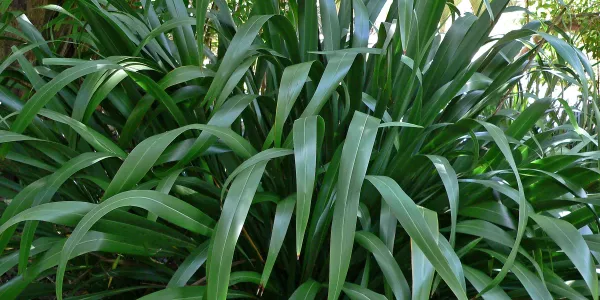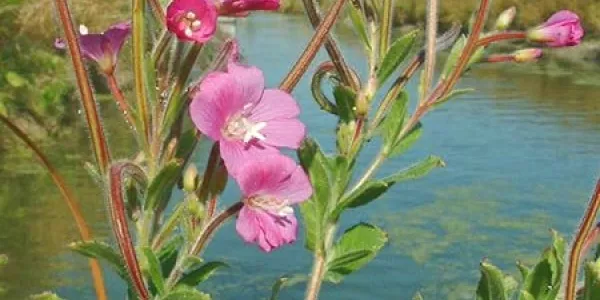Vegetation
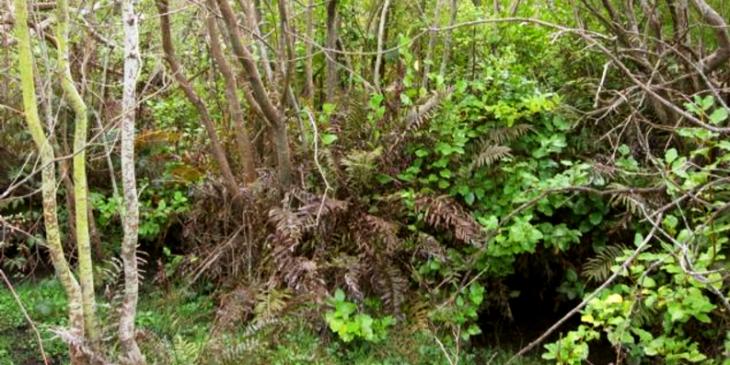
Natural regeneration of native plants under taller willow tree canopy.
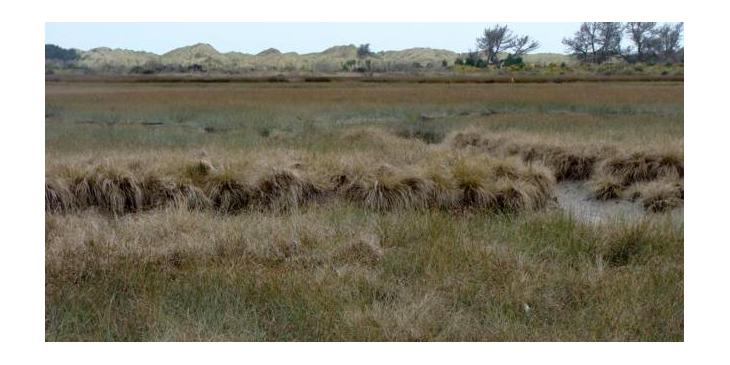
Brooklands Lagoon
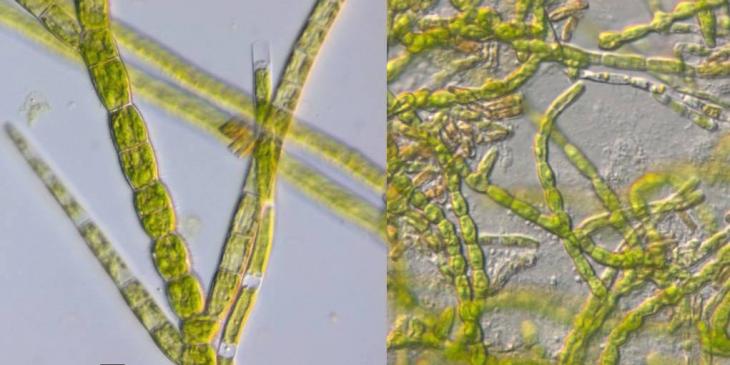
Stigeoclonium cf lubricum
Stigeoclonium cf lubricum
Living field material (left)
Cultured material (right)

Natural regeneration of native plants under taller willow tree canopy.

Brooklands Lagoon

Stigeoclonium cf lubricum
Stigeoclonium cf lubricum
Living field material (left)
Cultured material (right)
Understanding the Past
To understand the long term vision for vegetation in the catcgment, especially that associated with the green corridors associated the waterways and wetlands in the catchment, it is important to appreciate the past. There have been three distinct phases associated with vegetation in the Styx catchment. The first stage can be described as natural, pre-human, the second stage induced native, polynesian and the third stage induced exotic, european.
The natural vegetation prior to human occupation consisted of a range of vegetation types based on soil moisture regimes, soil types and the effects of natural disturbance. The different vegetation types can be described as -
- wet forest dominated by kahikatea
- dry forest dominated by totara
- saltmarsh at the river mouth
- mire wetlands
- riparian river margins
- submerged river aquatics
- savannah on dryland sites
- coastal sand dunes
- successional forest and shrubland following disturbance.
The successional forest would have been dominated by manuka and/or kanuka, and would have been a temporary occupant of the site following incursions of the Waimakariri River, severe storm events and other natural disturbances.
Polynesian occupation resulted in modification of much of the Canterbury Plains through burning. This lead to an increase in successional vegetation types and a reduction in forest as can be seen in the ‘Black Map’ with the dominance of fire-induced vegetation comprising the
- tutu and bracken
- swamp wetlands of raupo and flax
- open grassland
- shrubland
The process was taken further following European occupation with the intensity of modification, farming and the introduction of an alien flora and both domestic and feral livestock. The original vegetation has all but gone, resulting in the following:
- pasture grasslands
- exotic pine forest
- swamp wetlands
- exotic scrub
- willow riparian margins
- marram sand dunes and dune migration
- urban development
Reversing the Trend
There is clearly no opportunity for a natural return to anything resembling the original vegetation due to impacts of urbanisation and private ownership. To regain what has been lost, two actions need to be undertaken, these are firstly, ‘protect’ and secondly, ‘restore’.
The first task is to identify and protect those fragments that remain through appropriate management. Fragments that still existed in the Styx catchment in 1993 were identified by Meurk et al. with those sites considered of greatest value being protected as Ecological Heritage Sites in the Christchurch City Plan. As part of the Belfast Area Plan, many of these sites were re-surveyed in 2007. This showed that many sites in the catchment had not had adequate protection, and declined even further. Some sites had been lost altogether in terms of native planting.
The second action is to restore what has been lost. This will require creating many habitats from scratch as there is very little indigenous vegetation remaining. It can be a difficult task and requires careful research and planning, plus a degree of experimentation. The obvious starting point, and probably the most straightforward system to restore, are the riparian margins of the Styx River, itself. This will involve the conversion of willow forest back to indigenous riparian margins of sedges, rushes and ferns with adjacent forests and shrub lands. For other habitats the task may be harder, and in some cases potentially impossible. Larger core areas of wetland and dryland forest can be developed at specific sites along waterway corridors where opportunities exist. It is however, very difficult to create wetlands based on peat-based mire systems such as fens and bogs due to the underlying soil and water conditions that are required. To date, created wetlands around Christchurch are limited to swamps on a mineral substrate. The true dryland ecosystems such as savannah, may also present a difficult challenge.
Taking a pragmatic approach with the knowledge available, the following is a vision for the future vegetation of the Styx catchment. This approach links back to the original vegetation types.
(i) Riparian corridor
From a pre-human riparian forest margin → Polynesian deforested flax margin → European willow forest margin to a native restored forest/riparian river corridor with associated core forest areas.
The result is a major ecological gain.
(ii) Wetlands
From pre-human peat-based mires → Polynesian swamps with some mire remnants → European drained pasture with swamp remnants → restored swamp wetlands with well-protected mire fragments as fens.
Restoring fens and bogs is simply too difficult and the modification too severe. Probably the only place we will see such species as sundew or bladderwort will be in these fragments.
(iii) Forest
From pre-human kahikatea (wet) and totara (dry) forest with matai and associated broadleaved species → Polynesian fragments amongst successional vegetation → European pasture to core areas of restored forest.
When Europeans arrived in Christchurch only two remnants of the original forest remained and of these only Riccarton Bush survives today. This needs to be the model for the long-term staged restoration of core forest areas within the Styx catchment.
(iv) Dryland Savannah
The Styx catchment probably contained very little of this, although there would have been extensive areas to the west of the catchment. Most of the restoration opportunities have gone, but there are a few small areas with sufficiently droughty stony soils that might allow for the restoration of savannah vegetation. Such a restoration has not been undertaken anywhere in New Zealand, and attempts in Christchurch to re-establish the woody component have largely failed.
(v) Saltmarsh
As the least-disturbed vegetation, this is likely to be the most successful. The mouth of the Styx River and Brooklands Lagoon retain good areas of salt marsh. The area immediately upstream of the Styx River mouth has however, been extensively modified by structures associated with river protection and land drainage activities within the river itself. Never-the-less, there may be some opportunities to restore the salt marsh in these areas.
Only remnants of the original vegetation still exists within the Styx River catchment.
There is no original wet or dry forest vegetation.
Tiny fragments of peat mire wetlands can be found at Styx Mill Conservation Reserve and other smaller sites.
Some native riparian species exist as fragments beneath the willows alongside the Styx River and its tributaries.
The dryland savannah has gone from the catchment, but still exists to the west of the catchment.
Native vegetation on the sand dunes has completely disappeared.
Only the saltmarshes at the mouth of the Styx River and around the margins of Brooklands Lagoon retain anything resembling their original vegetation.


